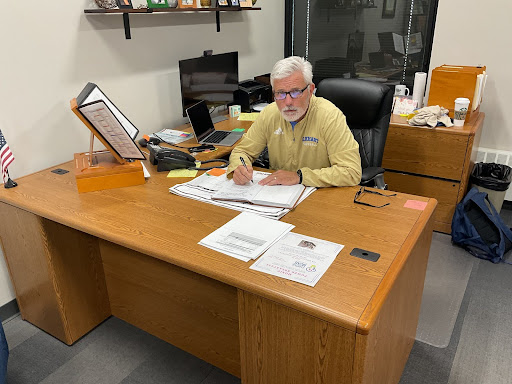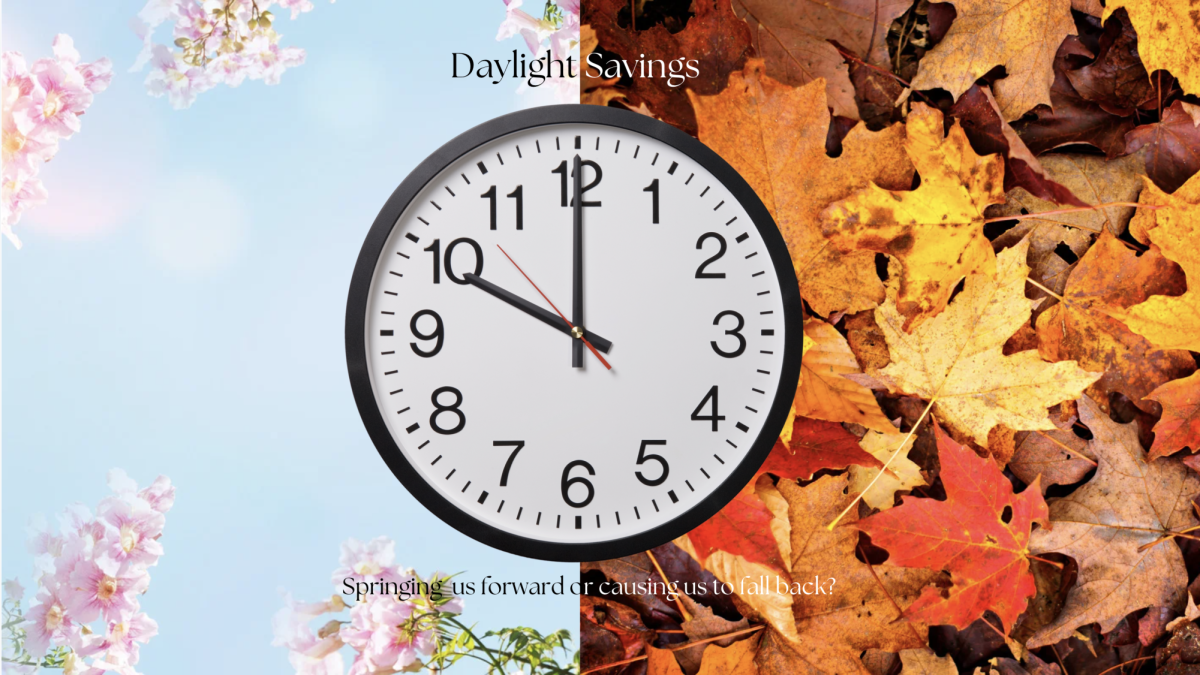Buzzing, flying, and pollinating, bees are the backbone for so many environmental occurrences in nature! Housed in hives and roommates with, on average, over 20,000-80,000 other bees, honeybees are fascinated insects with many different skills. Despite the many talents of the bees, many are simply misunderstood. In fact, according to Best Bees, 12.5 percent of American adults suffer from Melissophobia, which is the fear of bees. In order to curb this fear one might want to completely understand the intentions and wonders of the bees!
Honey Bees in particular are heavy hitters when it comes to contributing to the environment! According to the World Wildlife Fund, “Almost 90% of wild plants and 75% of leading global crops depend on animal pollination. One out of every three mouthfuls of our food depends on pollinators such as bees. Crops that depend on pollination are five times more valuable than those that do not.”
Bees do so much for the environment, but they are in trouble. Deforestation and loss of habitats is leading to a decline in bee populations worldwide. According to Penn State, people should be concerned about bees. “According to researchers with the center, honey bee populations in the United States and Europe have suffered large losses. Exposure to parasites and pesticides, climate change, a loss of the natural abundance of flora due to increased land-use, and habitat destruction are a few of the causes researchers associate with honey bee population decline. Several studies show that in the United States alone, beekeepers have lost about 30 percent of their colonies every year since 2006, with total annual losses reaching as high as 40 percent. Similarly, many populations of wild bees are also showing declines, with many species now threatened or endangered.”
So, how can humans help protect these flower-loving friends? According to Mrs. Erica Shannon, a biology teacher at Elkhart High School, the best way to help support bee populations is to learn about bees! “Whenever students in my classes tell me about their fear or dislike for bees, I like to educate them on the many skills and uses of bees. Bees and pollinators in general are the direct cause for many different things, like the clothes that you wear or the food that you eat. Pollination is a really important part of sustaining most plants and animals. To help out in that process, you can grow native plants at your house to promote the growth of bee populations. Many people are terrified to see bees inside of their houses during the colder months, however, as the seasons change and the weather gets colder, bees are only trying to stay inside where there is warmth. As it gets colder outside, bees begin dying out and trying to find some place warm to pass on. During this time, it is highly unlikely that any bee will sting you.”
Northern Indiana Beekeeping businesses are also joining the fight against dropping bee populations. Woman owned Elkhart small business Hoosier Honey Farm is working closely with local residents to provide education and a sense of security about bees. Opening their website or taking a peek at their facebook is a great way to maintain a clear comprehension of the real facts of bees, like their hives, honey, and healthy ways to support their population growth!
No matter what one’s opinions are on bees, if they possess a minimal understanding of how important bees are, or if they are an avid bee fan, buzzing about with facts about bee conservation, it is important to recognize the bee’s impact on the world!


























